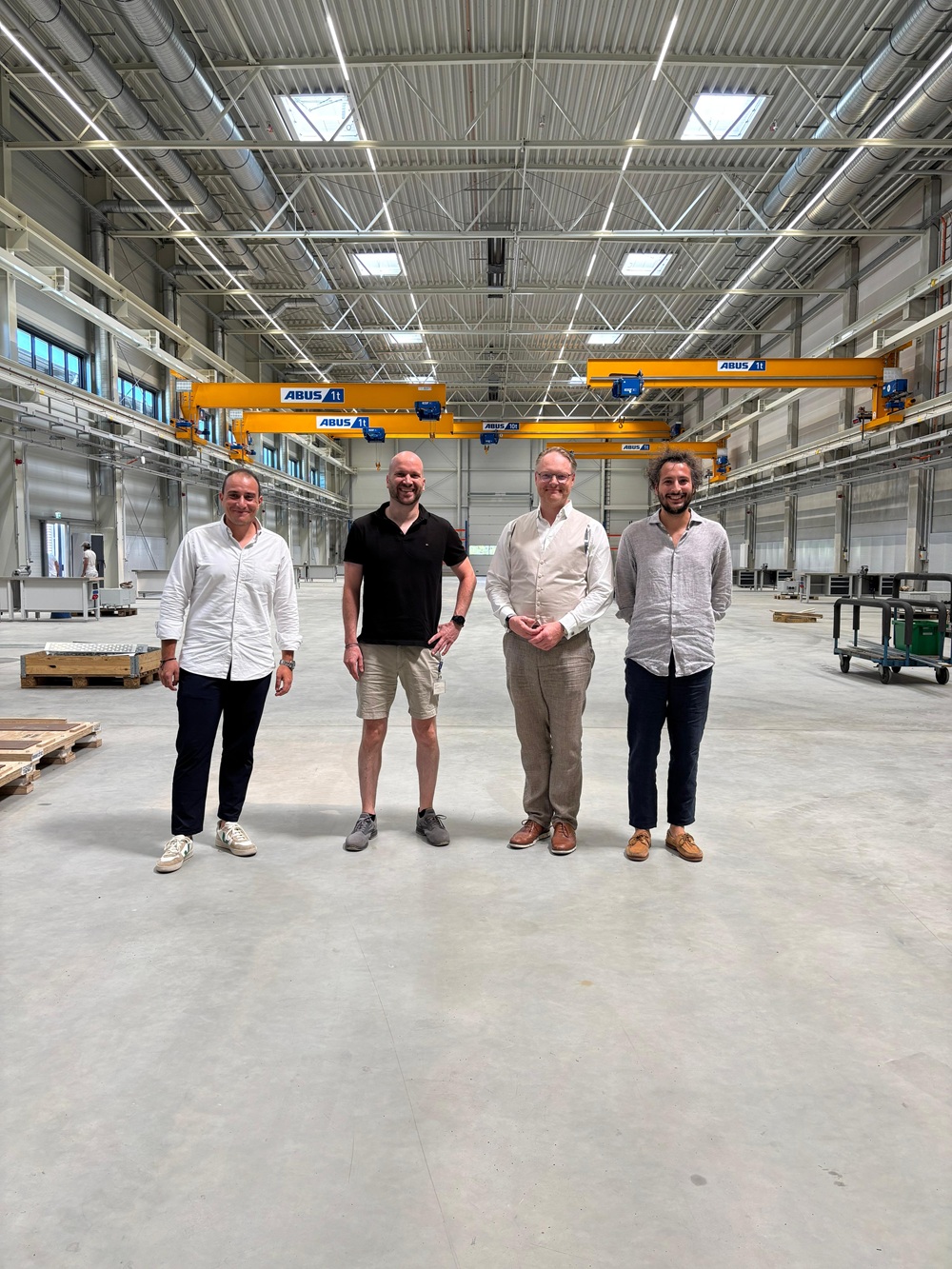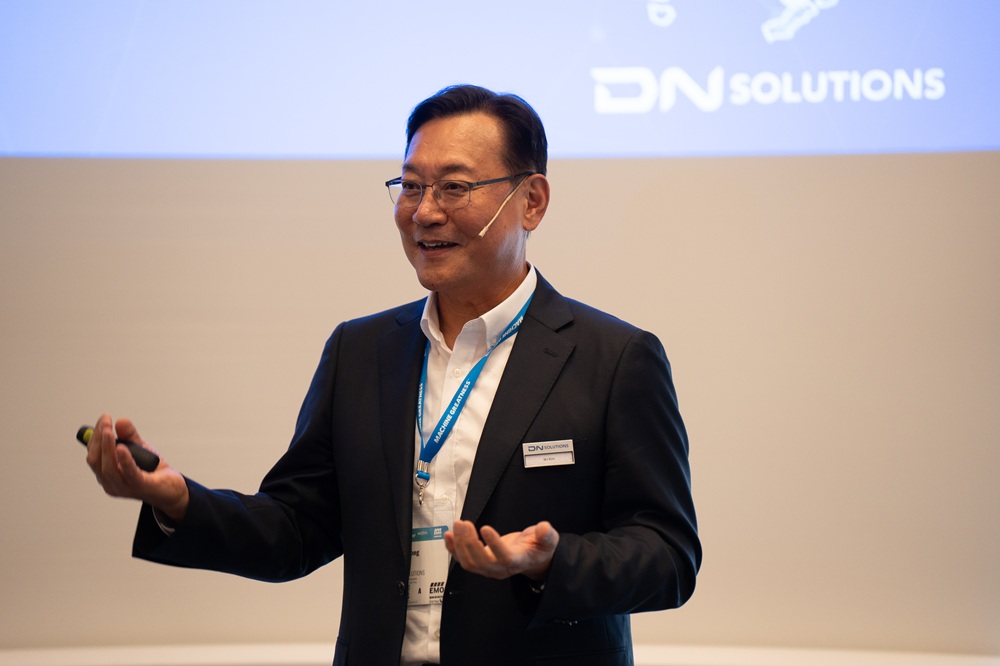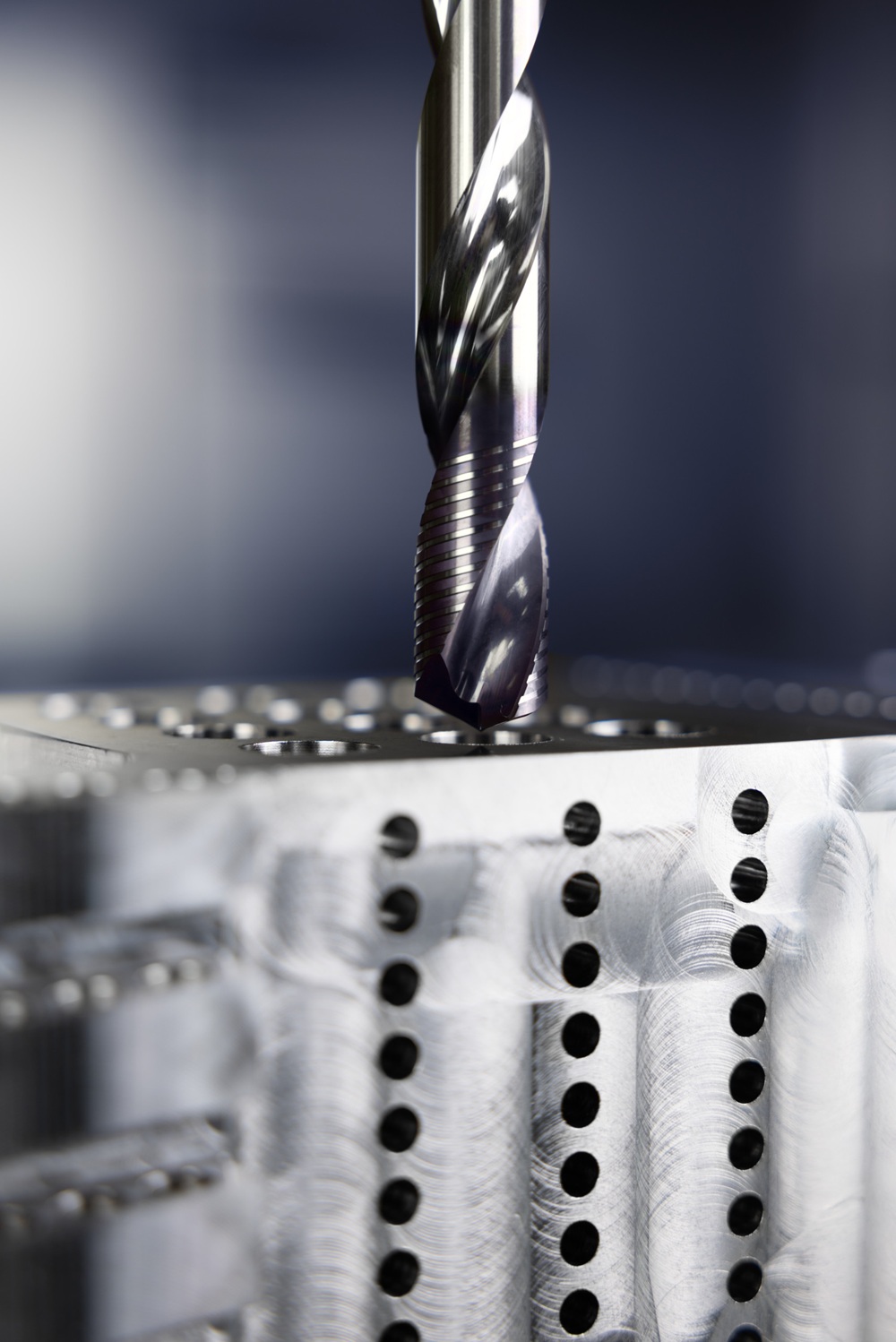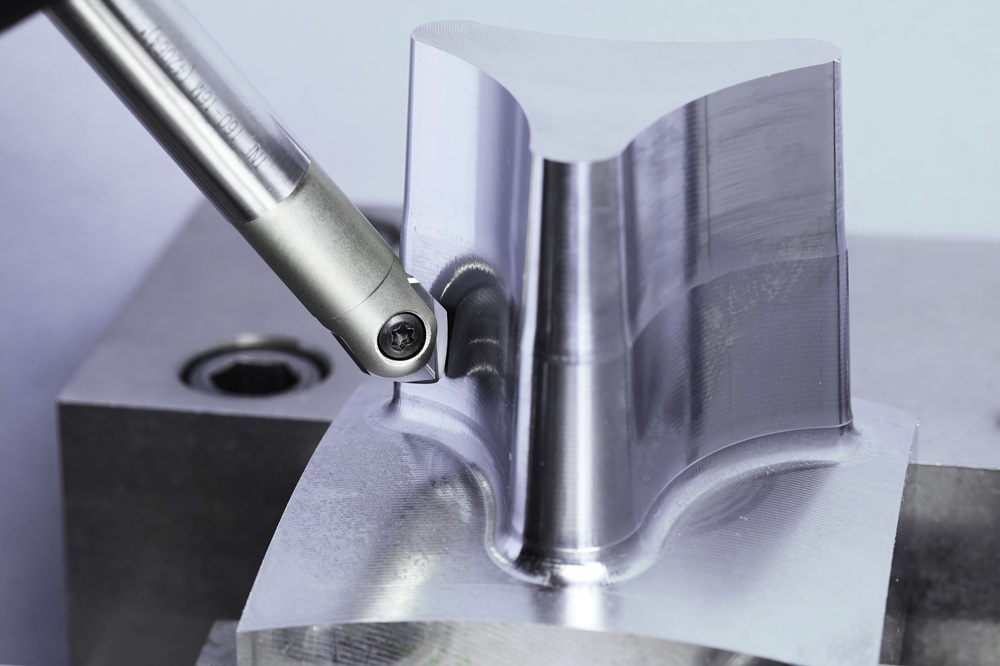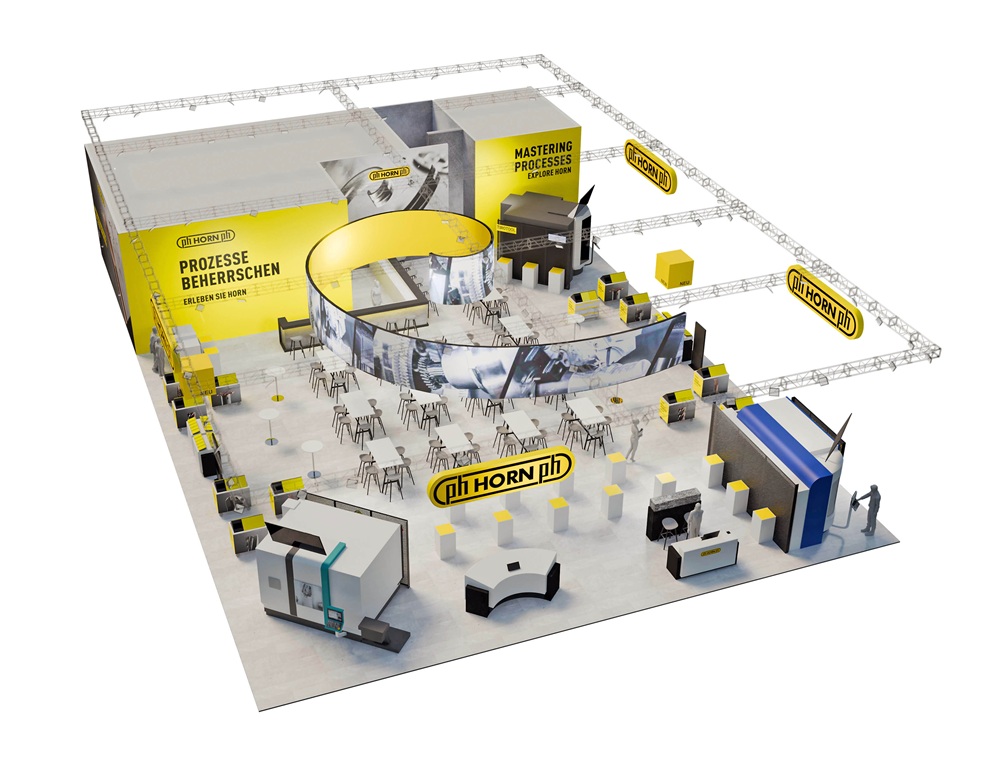TaeguTec is launching its latest milling breakthrough: the Fine-Barrel series. Designed for high performance and versatility, TaeguTec says the new NFLB lens-type and NFCB chamfer-type barrel inserts are redefining standards in profile milling by delivering a more than 40% increase in productivity compared with traditional ball-type milling.
The Fine-Barrel product family introduces an advanced barrel geometry, integrating larger radius cutting edges capable of wide-pitch machining. This innovative design improves productivity and ensures excellent surface finishes in high-precision applications, making the tools suitable for industries demanding top-tier performance.
The NFLB lens-type insert features a dual-function bottom and side cutting edge, enabling various profile machining options within a single tool. Users can independently program each cutting edge through CAM software, offering flexibility for complex shapes and surfaces.
Meanwhile, the NFCB chamfer-type insert includes an inclined cutting edge that enhances machining efficiency on inclined profiles and reduces overhang, contributing to higher stability and accuracy. In addition, its bottom radius cutting edge can replicate the capabilities of a ball end mill, offering even broader application potential. Both the NFLB lens and NFCB chamfer-type inserts are available in various dimensions, grades and coatings to meet the user’s specific requirements.
Fine-Barrel inserts are fully compatible with TaeguTec’s existing Fine-Ball TNF holders, allowing manufacturers to upgrade their tooling systems without additional tool-holder investment. This compatibility ensures a stable clamping system with excellent run-out and repeatability, says TaeguTec, which are critical factors in achieving precision and consistency across production runs.
According to the company, the inserts offer increased efficiency, superior surface quality and versatility, setting a new benchmark in the industry with significantly increased step-over rates that reduce cycle times to levels beyond those of conventional tools.
More information www.taegutec.com






